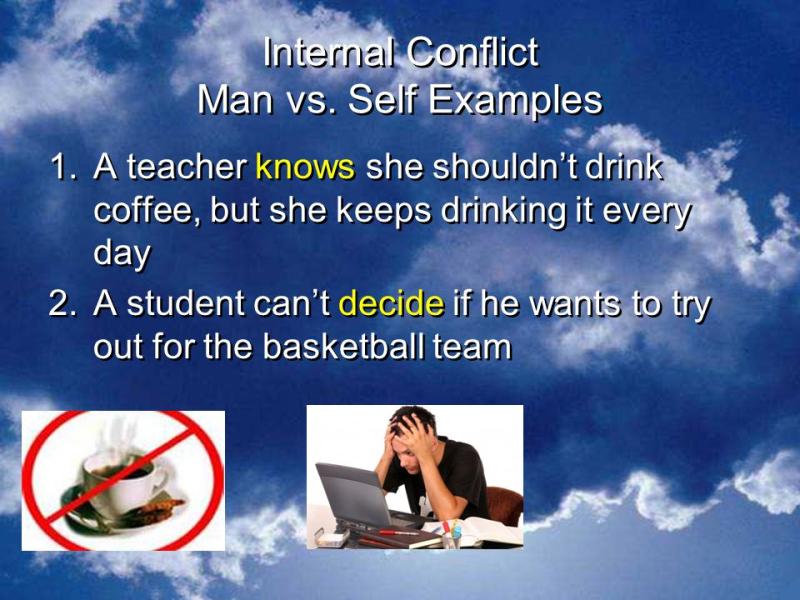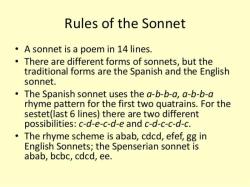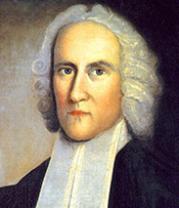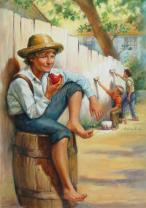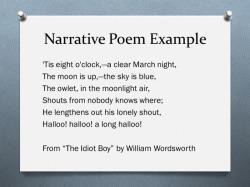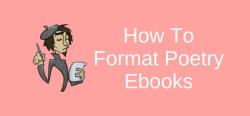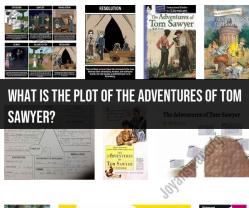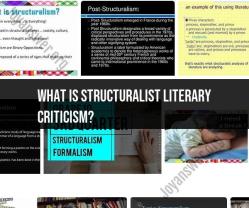What is the definition of Man vs self conflict?
The "Man vs. Self" conflict, also known as "internal conflict" or "self vs. self," is a type of conflict that occurs within a character's own mind and emotions. In this literary conflict, a character grapples with their own inner struggles, doubts, fears, desires, or moral dilemmas. The central conflict is not driven by external forces or other characters, but by the character's own internal thoughts and emotions.
In "Man vs. Self" conflict, the character is often torn between opposing desires or needs, and they must make a difficult decision or come to terms with a personal issue. This internal struggle can create tension and drama in the narrative and lead to character development. The character's growth or transformation often results from how they resolve or deal with their internal conflict.
Examples of "Man vs. Self" conflict in literature might include a character wrestling with their conscience over a moral decision, battling addiction or personal demons, facing a fear they must overcome, or experiencing inner turmoil about their identity or purpose. It's a fundamental conflict type in literature and storytelling because it reflects the complexities of human nature and the internal struggles that individuals face as they navigate life's challenges and decisions.
In literature, the "Man vs. Self" conflict, also known as "internal conflict," refers to the struggle a character faces within their own mind. This conflict often involves the character's grappling with their own thoughts, emotions, desires, or moral dilemmas.
Portrayal of "Man vs. Self" Conflict in Literature
The "Man vs. Self" conflict is typically portrayed in literature through the character's internal monologue, dialogue with other characters, or through their actions and reactions. The character may experience anxiety, self-doubt, or uncertainty as they wrestle with their internal struggles.
Examples of Literary Works Featuring "Man vs. Self" Conflict
Numerous literary works feature the "Man vs. Self" conflict as a central theme. Here are a few notable examples:
"Hamlet" by William Shakespeare: Hamlet, the protagonist of Shakespeare's tragedy, is plagued by self-doubt, indecisiveness, and existential questions. He grapples with whether to avenge his father's murder and questions the meaning of life and death.
"The Great Gatsby" by F. Scott Fitzgerald: Jay Gatsby, the titular character of Fitzgerald's novel, is driven by an obsessive desire to recapture the past and win the love of Daisy Buchanan. His internal conflict stems from his unrealistic expectations and his inability to accept the limitations of reality.
"Crime and Punishment" by Fyodor Dostoevsky: Raskolnikov, the protagonist of Dostoevsky's novel, is tormented by guilt and moral anguish after committing murder. He battles his conscience and struggles to reconcile his actions with his beliefs.
"The Catcher in the Rye" by J.D. Salinger: Holden Caulfield, the teenage protagonist of Salinger's novel, is a disillusioned and alienated individual who struggles to find meaning and connection in the world. He grapples with his own cynicism, loneliness, and fear of adulthood.
"To the Lighthouse" by Virginia Woolf: Lily Briscoe, one of the central characters in Woolf's novel, is a sensitive and introspective woman who struggles with her own self-perception and artistic aspirations. She grapples with feelings of inadequacy and self-doubt.
These are just a few examples of the many literary works that explore the complexities of the "Man vs. Self" conflict. This type of conflict is often considered to be among the most compelling and relatable in literature, as it allows readers to connect with characters on a deep level and empathize with their internal struggles.
